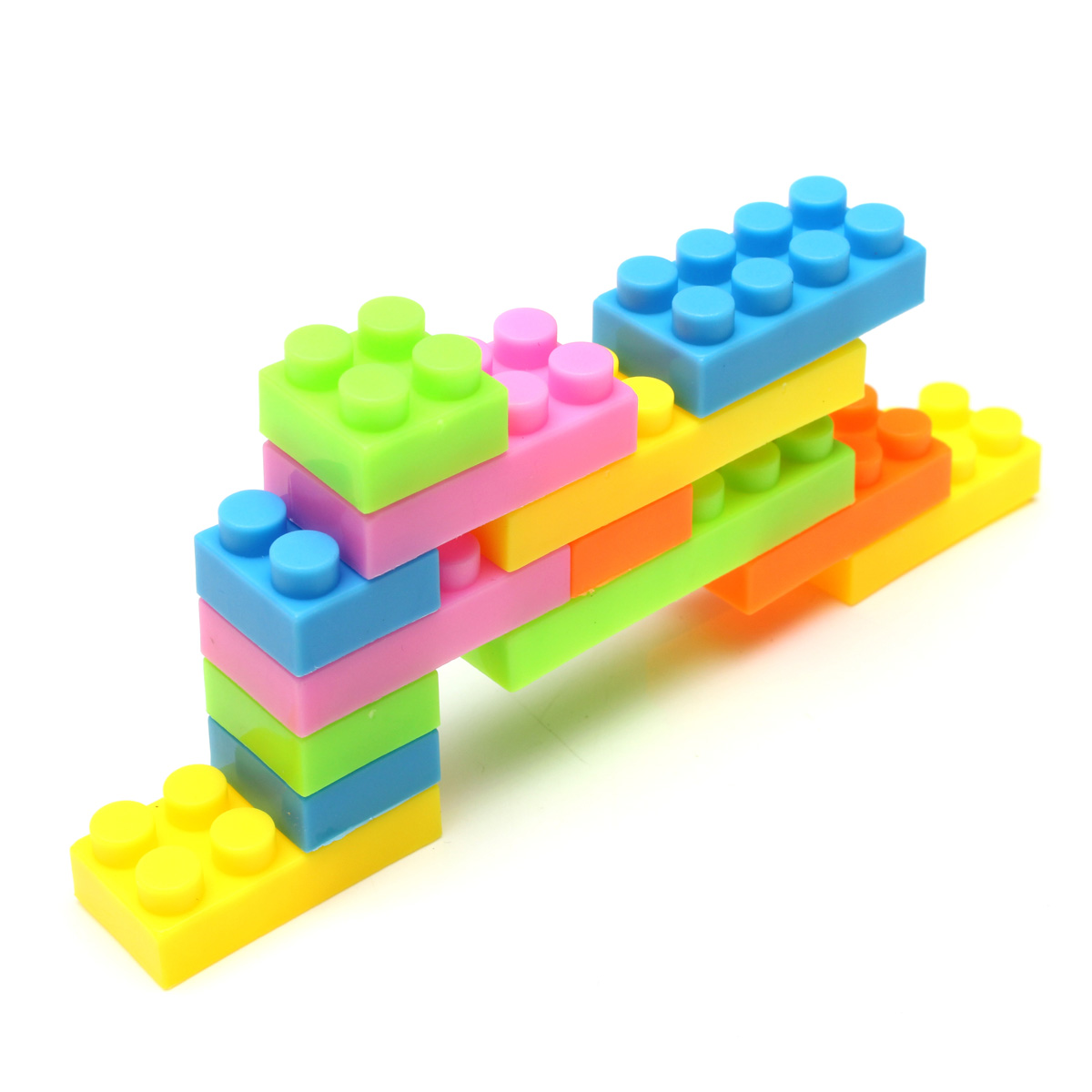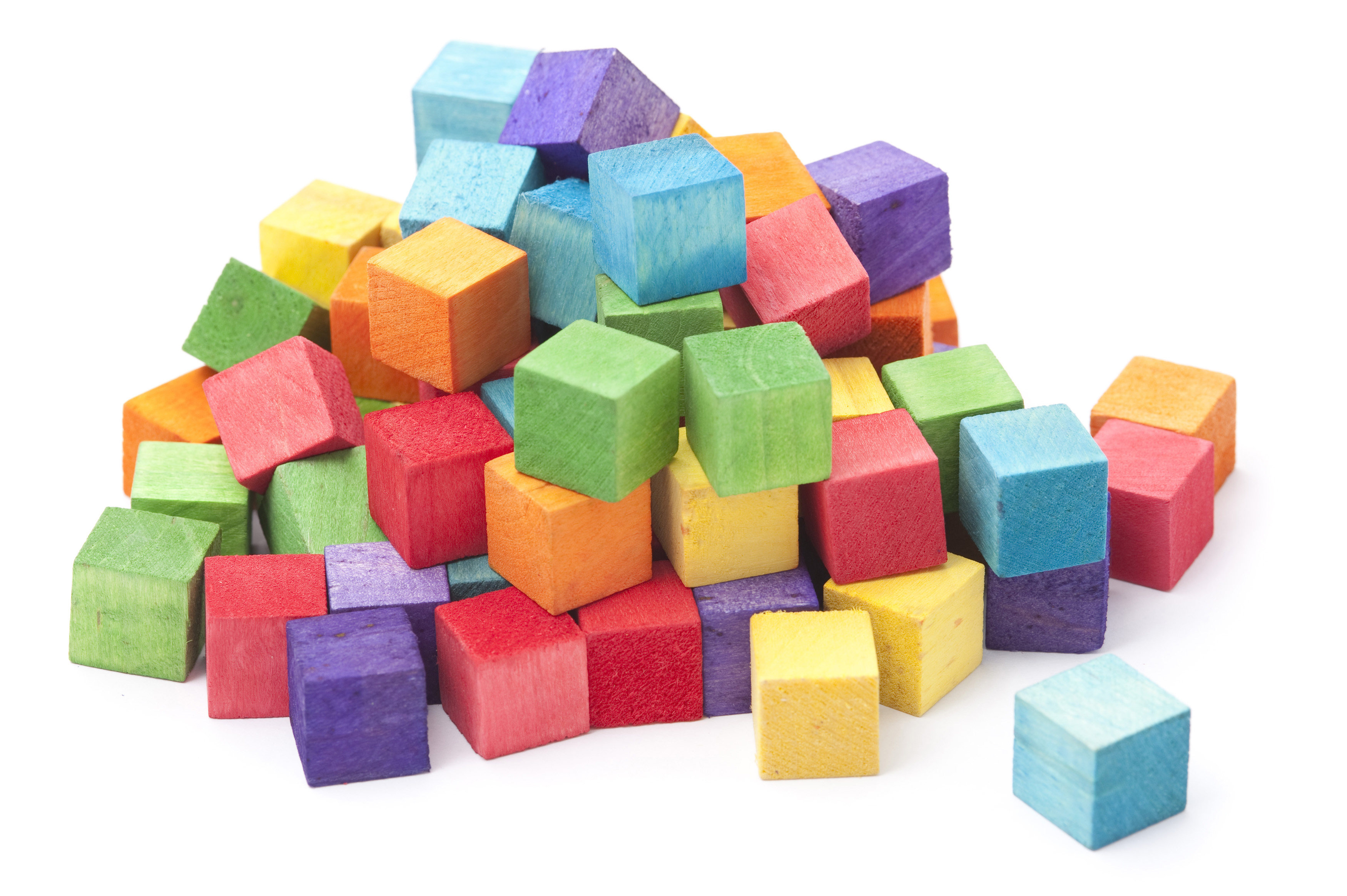

Just ask if you have any problems doing this. Trade customers can buy bricks at personalised prices when you link your online login to your trade Jewson Account number. Whether it's a pallet of bricks you need for a garden wall or small outbuilding, or many thousands of wall bricks for a major new-build or reconstruction, we have what you need.

Use them to make your Microsoft Word experience more efficient.Jewson is a brick supplier to trade and self-build customers, giving you access to the house bricks, cement and other building materials you need. These blocks are either pre-designed or customized. Using these, you can quickly add text to your documents. Using building blocks in Microsoft Word is a fairly straightforward process. Highlight the building block you wish to delete.To remove Quick Parts from Microsoft Word: Under the Insert tab, click Quick Parts in Microsoft Word.Choose Yes to the message indicating whether you wish to change the building block.Īt any time, you can change the name of Quick Parts.Use the same name as the previously saved Quick Part.Change the content of y0ur building block.Highlight the building block you wish to change.You can change the content of a Quick Part by overriding it: The new building block has been assigned to the AutoText gallery and then inserted into the document in the following example. To insert the block into your existing document: During the Create New Building Block process (see above), use the pull-down to select a gallery. When you’re creating a new building block, you can assign it to whatever gallery you choose. Change the name of the new Quick Part, if necessary.Choose Save Selection to Quick Part Gallery.Click Quick Parts under the Inset tab, Text group in Microsoft Word.Highlight the phrase, sentence, or another portion of your current document.

In the following screenshots, you can see a Cover Page building block: Review the information contained in the Quick Part.Highlight the building block you wish to review.Under the Insert tab, click Quick Parts.Have your cursor in the correct spot in Microsoft Word.You can take a look at existing building blocks in the Quick Part Gallery: Reviewing Existing Quick Part Building Block Use this tool to add frequently required text. Save Selection to AutoText Gallery: the Highlighted text is easily added to the AutoText Gallery using this tool.You can also edit or delete existing blocks or create new ones from there. Building Blocks Organizer: From this location, you’ll find all the building blocks available to you in Microsoft Word.Examples include time, title, page numbers, and more. Field: With field codes, you can insert automatically updated information into your document.Document Property: This allows you to insert properties into your current document, such as author, category, and publish date.By clicking on AutoText, you gain access to the AutoText gallery, which you create by clicking Save Selection to AutoText Gallery (see below). AutoText: It’s here where you’ll find reusable content.Quick Parts is organized under five sections, including: From there, click Quick Parts under the Text group. You can find the Quick Part Gallery under the Insert tab in Microsoft Word. In the example below, you can see the header and footer examples. You can find many of the existing building blocks under the Microsoft Word Insert tab. The Building Blocks Organizer is where you can find or edit a building block. In the Quick Part Gallery, you can create, store, and reuse the blocks. You can also customize the blocks to match your needs better. Theme-enabled, building block content automatically changes with the many available styles. In fact, the feature grew out of AutoText in previous versions of Word. The often-used AutoText feature in Microsoft Word is a common type of building block. Located in the Microsoft Word Quick Part Gallery, these building blocks take many forms, including preformatted headers, footers, text boxes, cover pages, page numbers, quick tables, watermarks, table of contents, bibliographies, and equations.


 0 kommentar(er)
0 kommentar(er)
